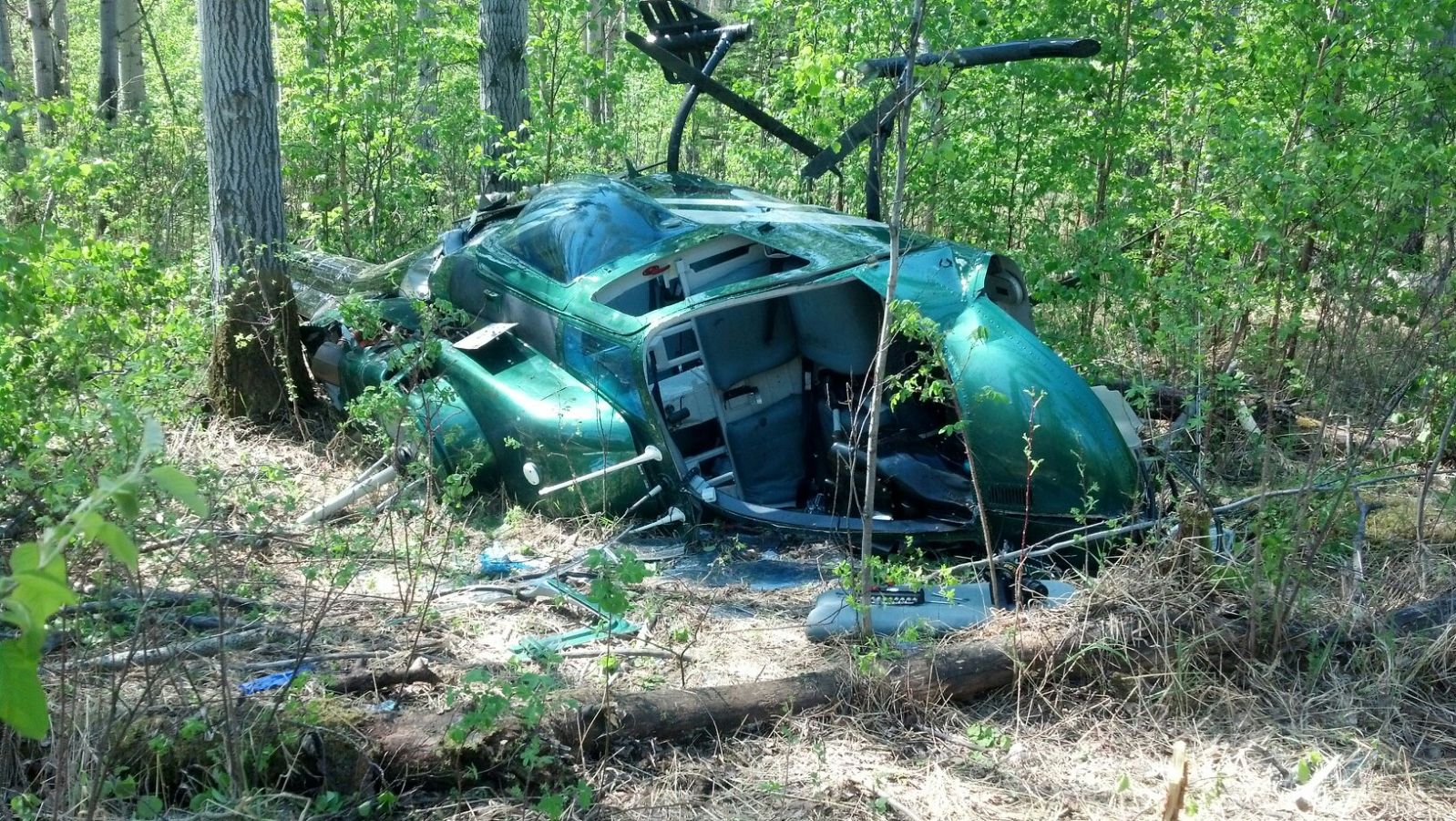Loss of tail rotor effectiveness, and collision with terrain
Aurora Helicopters Ltd. (dba Wood Buffalo Helicopters)
Bell 206B C-FZWB
Fort McMurray, Alberta 75 nm N
The occurrence
Wood Buffalo Helicopters, Bell 206B helicopter (registration C-FZWB, serial number 1342), was conducting wildlife survey work approximately 75 nautical miles north of Fort McMurray, Alberta. In the course of identifying a landing site, the helicopter entered an un-commanded rotation to the right, and descended into a stand of trees at 1058 Mountain Daylight Time. The pilot and right rear seat passenger sustained fatal injuries. The remaining passenger, who occupied the left front seat, was seriously injured. The 406 MHz emergency locator transmitter activated on impact. There was no post impact fire.
Media materials
News release
Loss of tail rotor effectiveness led to 2013 helicopter crash near Fort McMurray, Alberta
Read the news release
Deployment notice
Transportation Safety Board of Canada deploys a team of investigators to a helicopter accident north of Fort McMurray Airport, Alberta
Edmonton, Alberta, 29 May 2013 - The Transportation Safety Board of Canada (TSB) is deploying a team of investigators tomorrow to the site of a helicopter accident north of Fort McMurray Airport, Alberta. The TSB will gather information and assess the occurrence.
Investigation information
Download high-resolution photos from the TSB Flickr page.
Class of investigation
This is a class 3 investigation. These investigations analyze a small number of safety issues, and may result in recommendations. Class 3 investigations are generally completed within 450 days. For more information, see the Policy on Occurrence Classification.
TSB investigation process
There are 3 phases to a TSB investigation
- Field phase: a team of investigators examines the occurrence site and wreckage, interviews witnesses and collects pertinent information.
- Examination and analysis phase: the TSB reviews pertinent records, tests components of the wreckage in the lab, determines the sequence of events and identifies safety deficiencies. When safety deficiencies are suspected or confirmed, the TSB advises the appropriate authority without waiting until publication of the final report.
- Report phase: a confidential draft report is approved by the Board and sent to persons and corporations who are directly concerned by the report. They then have the opportunity to dispute or correct information they believe to be incorrect. The Board considers all representations before approving the final report, which is subsequently released to the public.
For more information, see our Investigation process page.
The TSB is an independent agency that investigates air, marine, pipeline, and rail transportation occurrences. Its sole aim is the advancement of transportation safety. It is not the function of the Board to assign fault or determine civil or criminal liability.
